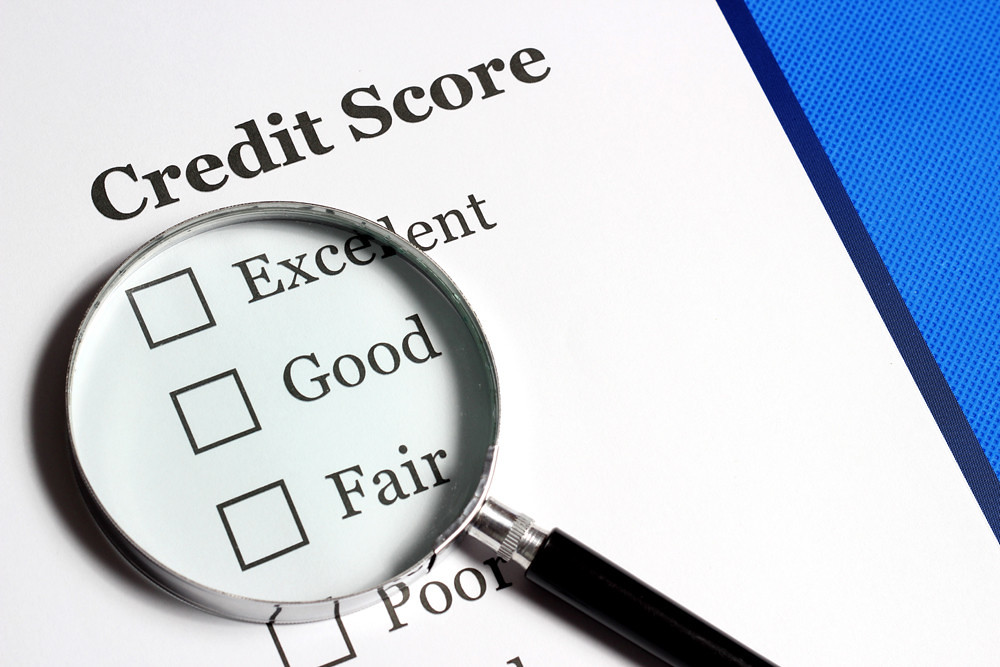
It can be difficult to understand reverse mortgages if you don’t have all the facts. Knowing exactly what it involves and what to expect will help with deciding if it’s the right choice for you. To better understand a reverse mortgage, here are the basics.
Age – Most lenders require that the individual be at least 62. The intent of a reverse mortgage is to aid the elderly. However, some lenders will have a lower or higher age requirement.
Equity – Lenders prefer that the house is owned outright with no other mortgages. They require that there is enough equity to make the loan worth it for them. Higher equity is preferred.
Loan Amount – The total amount of the loan is dependent on the value of the house and property and the equity available. If the home is only worth $100,000, then the loan can’t be $150,000. Another mortgage already on the home is also taken into account. Home owners need to be very careful about only borrowing the amount that is absolutely necessary. Once they reach the max amount borrowed, they won’t be able to borrow again.
Residence – The home owner must reside within the home. Houses with multiple units are accepted provided that the homeowner lives in one of the units. If it is not the prime residence, it cannot be used for a reverse mortgage.
Related: FHA mortgages getting cheaper
Due Date – A reverse mortgage is due only when the home owner moves out of the residence, sells the house, or is deceased. When the home owner moves out or vacates the property for one year, the loan becomes due. If the house is sold, the proceeds must be used to pay back the reverse mortgage and interest. Should the owner become deceased, the estate’s beneficiaries must pay back the loan within six months.
Responsibilities – The home owner still remains responsible for home owners insurance and property taxes. A reverse mortgage does not relieve them of these costs.
Loan options – The reverse mortgage loan is paid to the borrower in one of several formats , including the following:
- Lump sum of cash – the entire amount of the loan is paid in one lump sum.
- Annuity, with payments at regular intervals – agreed upon payment amounts are received at predetermined intervals.
- Line of credit – The borrower takes out what they need only when they need it with a set limit to the total amount they may take.
- Combination – The reverse mortgage can be set up as a combination of these formats.
Reverse Mortgage vs. Conventional Mortgage
Conventional mortgages must be paid back in monthly installments until the principle loan, interest, and all fees are paid off entirely. When a payment is not paid on time, a late fee is tacked on. If more than one payment is late on the conventional loan, the loan is considered in default and may go into foreclosure. The home owner becomes at risk of losing their home.
Reverse mortgages do not require payments until the loan becomes due. Home owners do have the option of paying back the reverse mortgage early without being penalized for doing so. The lender may charge an administrative fee, but not a penalty for early payoff. The borrower may live out the rest of their life in their home without ever worrying about foreclosure provided they keep current with home owners insurance and property taxes.
You might also enjoy: Tips for finding the right attorney








